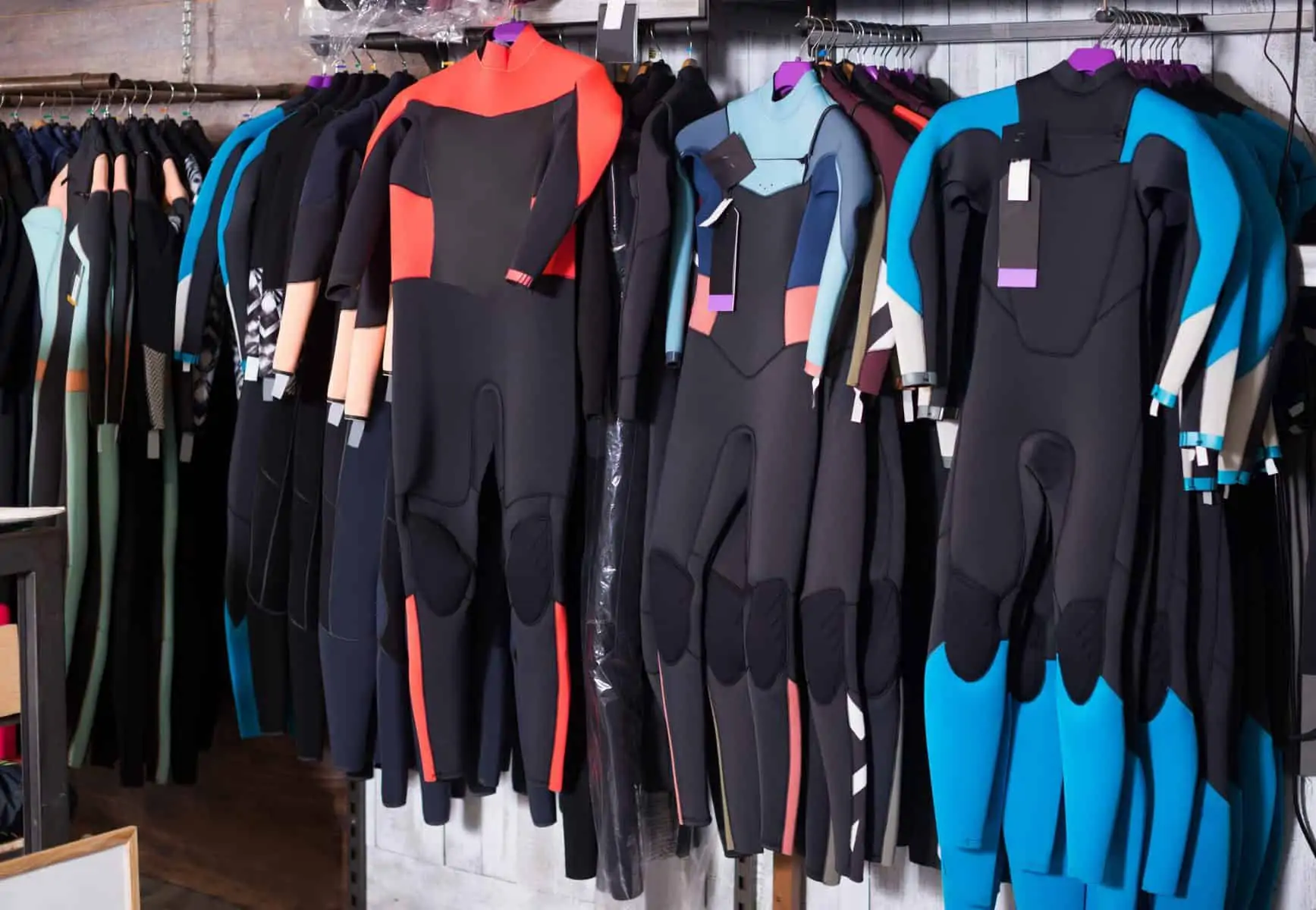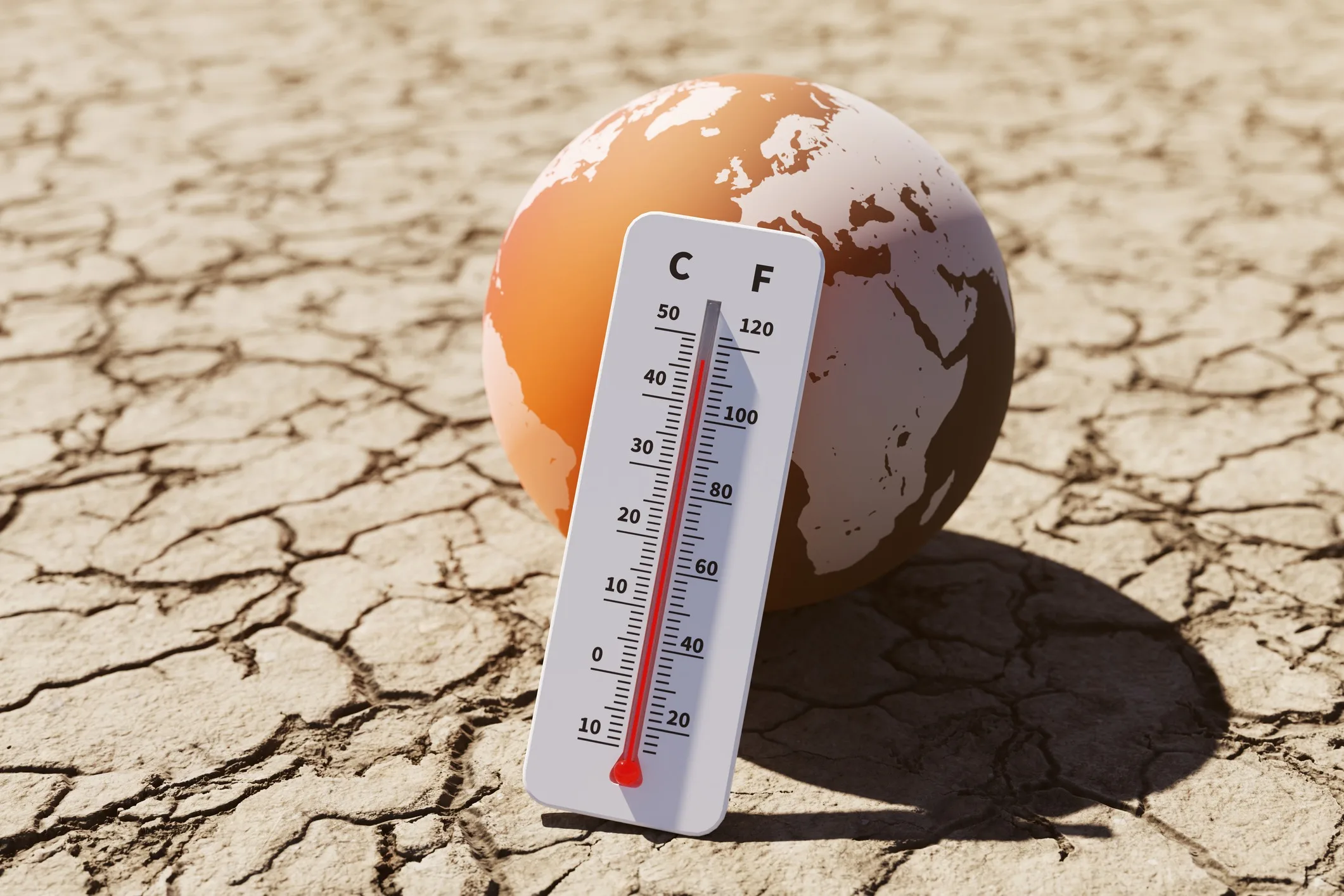Home>Outdoor & Recreation>Choosing The Right Wetsuit Thickness: A Comprehensive Guide


Outdoor & Recreation
Choosing The Right Wetsuit Thickness: A Comprehensive Guide
Modified: June 2, 2024
Discover the perfect wetsuit thickness with our comprehensive guide. Find the ideal gear for your outdoor and recreation activities.
(Many of the links in this article redirect to a specific reviewed product. Your purchase of these products through affiliate links helps to generate commission for Temperatures.com, at no extra cost. Learn more)
Table of Contents
Understanding Wetsuit Thickness
When it comes to selecting the perfect wetsuit for your aquatic adventures, understanding wetsuit thickness is crucial. Wetsuits are designed to provide insulation and protection in various water temperatures, and the thickness of the neoprene material plays a pivotal role in determining their effectiveness.
Wetsuit thickness is typically measured in millimeters and varies across different parts of the wetsuit. The thickness directly influences the warmth and flexibility of the garment. Thicker neoprene offers greater insulation but may compromise flexibility, while thinner neoprene provides enhanced mobility but offers less insulation.
Most wetsuits feature varying thicknesses in different areas. The torso and core areas usually have thicker neoprene to provide maximum warmth, while the arms and legs are equipped with thinner neoprene to allow for unrestricted movement.
Understanding the concept of wetsuit thickness involves familiarizing oneself with the two key measurements: the neoprene thickness and the neoprene construction. Neoprene thickness refers to the actual thickness of the neoprene material, typically ranging from 1mm to 7mm. On the other hand, neoprene construction refers to the layering and technology used in the wetsuit to enhance warmth and flexibility.
Furthermore, the concept of wetsuit thickness extends beyond the neoprene material itself. It encompasses the additional features and technologies incorporated into the wetsuit design to optimize its thermal properties. These may include thermal linings, seam construction, and innovative materials that contribute to heat retention and overall comfort.
In essence, understanding wetsuit thickness involves recognizing the balance between insulation and mobility. It requires a keen awareness of the specific water conditions in which the wetsuit will be utilized, as well as the individual's tolerance to cold. By comprehending the significance of wetsuit thickness, one can make an informed decision when selecting the most suitable wetsuit for their aquatic pursuits.
Factors to Consider When Choosing Wetsuit Thickness
-
Water Temperature: The primary factor influencing wetsuit thickness is the water temperature of the intended activity location. In colder waters, a thicker wetsuit is essential to provide adequate insulation and prevent hypothermia. Conversely, in warmer waters, a thinner wetsuit allows for better mobility and prevents overheating.
-
Personal Cold Tolerance: Individual tolerance to cold varies significantly. Some individuals may feel comfortable in cooler waters with a thinner wetsuit, while others may require a thicker wetsuit for the same conditions. Understanding one's cold tolerance is crucial in determining the appropriate wetsuit thickness.
-
Activity Type and Duration: The type and duration of the aquatic activity play a vital role in wetsuit selection. For longer sessions or activities involving minimal movement, such as diving or surfing in cold waters, a thicker wetsuit is necessary to maintain body heat. Shorter, high-intensity activities, like swimming or surfing in warmer conditions, may warrant a thinner wetsuit for enhanced flexibility.
-
Fit and Mobility: While insulation is important, the wetsuit should also allow for unrestricted movement. A wetsuit that is too thick may restrict mobility, impacting performance and comfort. Therefore, finding the right balance between warmth and flexibility is essential when considering wetsuit thickness.
-
Additional Insulation and Accessories: In extremely cold conditions, additional insulation such as wetsuit hoods, gloves, and boots can compensate for a slightly thinner wetsuit. These accessories provide targeted warmth to vital areas, allowing for more flexibility in wetsuit thickness selection.
-
Seasonal Variations: Water temperatures can fluctuate seasonally, influencing the required wetsuit thickness. Understanding the typical temperature ranges during different seasons in a specific location is crucial for choosing a wetsuit that caters to these variations.
-
Budget and Long-Term Use: While thicker wetsuits offer superior insulation, they can be more expensive. Considering the budget and the frequency of use is important. Investing in a versatile wetsuit that can accommodate a range of temperatures may be a cost-effective long-term solution.
-
Brand and Technology: Different wetsuit brands offer varying technologies and materials that impact insulation and flexibility. Researching and comparing the technological features of different wetsuits can aid in making an informed decision regarding the most suitable wetsuit thickness for individual needs.
By carefully considering these factors, individuals can make an informed decision when selecting the appropriate wetsuit thickness, ensuring optimal comfort, performance, and safety during their aquatic endeavors.
Wetsuit Thickness for Different Water Temperatures
Understanding the correlation between wetsuit thickness and water temperatures is paramount for selecting the ideal wetsuit to ensure comfort and safety during aquatic activities. The appropriate wetsuit thickness varies based on the specific temperature range of the water in which the activity will take place.
In warmer waters, typically ranging from 70°F (21°C) and above, a wetsuit with a thinner neoprene thickness, such as 1-3mm, is recommended. These thinner wetsuits provide sufficient insulation to prevent rapid body heat loss while allowing for unrestricted movement. They are well-suited for activities like snorkeling, swimming, and surfing in tropical or summer conditions.
For moderate water temperatures ranging from 60-69°F (16-20°C), a wetsuit with a slightly thicker neoprene, around 3-5mm, is suitable. This thickness offers enhanced insulation to combat the cooler water temperatures while still providing flexibility for various water sports and activities.
In colder waters, typically below 59°F (15°C), a thicker wetsuit becomes essential to prevent hypothermia and maintain comfort. Wetsuits with neoprene thickness ranging from 5-7mm are recommended for these frigid conditions. The increased thickness provides superior insulation, effectively retaining body heat and ensuring the wearer's safety and well-being during prolonged exposure to cold water.
Moreover, it's important to consider the potential impact of external factors such as wind chill and air temperature when determining the appropriate wetsuit thickness. In windy conditions or lower air temperatures, a thicker wetsuit may be necessary even in moderately cool waters to counteract the additional cooling effects.
By aligning the wetsuit thickness with the specific water temperature range and accounting for external factors, individuals can make informed decisions when selecting wetsuits for different aquatic environments. This approach ensures that the wetsuit provides the necessary insulation and comfort, enabling enthusiasts to fully enjoy their water-based activities regardless of the prevailing temperatures.
How to Determine the Right Wetsuit Thickness for You
Selecting the appropriate wetsuit thickness is a crucial decision that directly impacts your comfort, performance, and safety during aquatic activities. To determine the right wetsuit thickness for your specific needs, several key considerations should be taken into account.
1. Assess the Water Temperature
Begin by evaluating the typical water temperatures of the locations where you will be engaging in water-based activities. Researching historical water temperature data or consulting local experts can provide valuable insights. By understanding the range of temperatures you are likely to encounter, you can narrow down the suitable wetsuit thickness options.
2. Consider Your Cold Tolerance
Personal tolerance to cold varies widely among individuals. Reflect on your own sensitivity to cooler temperatures and how it affects your comfort and performance. This self-assessment can guide you in determining whether you require a thicker wetsuit for added insulation or if a thinner wetsuit would suffice based on your cold tolerance levels.
3. Evaluate the Activity Type and Duration
Different water sports and activities demand varying levels of mobility and insulation. Consider the specific activities you will be participating in and their duration. For longer sessions or activities involving minimal movement, such as diving or paddleboarding, a thicker wetsuit may be necessary. Conversely, shorter, high-intensity activities like surfing or water skiing may benefit from a thinner wetsuit to facilitate unrestricted movement.
4. Factor in Additional Accessories
In extremely cold conditions, supplementary accessories such as wetsuit hoods, gloves, and boots can augment the insulation provided by the wetsuit itself. Assess whether these accessories can compensate for a slightly thinner wetsuit while still ensuring adequate warmth in critical areas.
5. Account for Seasonal Variations
Recognize that water temperatures can fluctuate seasonally, influencing the required wetsuit thickness. Consider the seasonal variations in the water temperatures of your preferred activity locations to ensure that the chosen wetsuit thickness accommodates these changes.
Read more: Optimal Temperature For Leopard Geckos: A Guide To Providing The Right Temperature For Your Pet
6. Seek Expert Advice
Consulting with experienced divers, surfers, or water sports enthusiasts who are familiar with the specific locations and activities can offer valuable insights. Their firsthand knowledge and experiences can provide practical guidance in determining the most suitable wetsuit thickness for your individual needs.
By meticulously considering these factors, you can effectively determine the right wetsuit thickness tailored to your unique requirements. This thoughtful approach ensures that your wetsuit provides the optimal balance of insulation and mobility, enhancing your overall aquatic experience.
Tips for Maintaining and Caring for Your Wetsuit
Proper maintenance and care are essential for prolonging the lifespan and performance of your wetsuit. By implementing the following tips, you can ensure that your wetsuit remains in optimal condition, providing reliable insulation and comfort throughout its usage.
-
Rinse After Each Use: After every session, thoroughly rinse your wetsuit with fresh water to remove salt, sand, and other debris. This prevents the accumulation of corrosive elements and preserves the neoprene material.
-
Use a Wetsuit Cleaner: Periodically use a wetsuit-specific cleaner to eliminate bacteria, salt, and odors. Gently hand wash the wetsuit with the cleaner, following the manufacturer's instructions, and then rinse it thoroughly.
-
Avoid Sun Exposure: Direct sunlight and heat can degrade the neoprene and diminish its flexibility. Always dry your wetsuit in the shade, away from UV rays, and refrain from using hot water for rinsing.
-
Hang Properly to Dry: Hang your wetsuit on a wide, padded hanger to maintain its shape and prevent creasing. Avoid folding or hanging it on thin hangers, as this can cause stress points and damage the material.
-
Store Flat or Rolled: When not in use, store your wetsuit flat or rolled to prevent permanent creasing. Avoid hanging it for extended periods, as this can lead to stretching and distortion.
-
Patch Tears and Holes Promptly: Inspect your wetsuit regularly for any tears or punctures. Use a wetsuit repair kit to patch any damage immediately, preventing further deterioration and maintaining the wetsuit's integrity.
-
Rotate Between Wetsuits: If you own multiple wetsuits, rotate their usage to allow each one to dry completely and minimize wear. This practice extends the lifespan of your wetsuits and ensures consistent performance.
-
Avoid Contact with Sharp Objects: When handling your wetsuit, exercise caution to prevent contact with sharp objects or rough surfaces that could cause abrasions or cuts.
-
Follow Manufacturer Guidelines: Adhere to the specific care instructions provided by the wetsuit manufacturer. Different wetsuit materials and constructions may have unique care requirements, and following these guidelines is crucial for maintaining the wetsuit's quality.
-
Proper Storage: When storing your wetsuit for an extended period, ensure it is completely dry and store it in a cool, dry place away from direct sunlight and excessive heat.
By incorporating these maintenance practices into your wetsuit care routine, you can maximize the longevity and performance of your wetsuit, ensuring that it continues to provide reliable insulation and comfort for your aquatic adventures.













